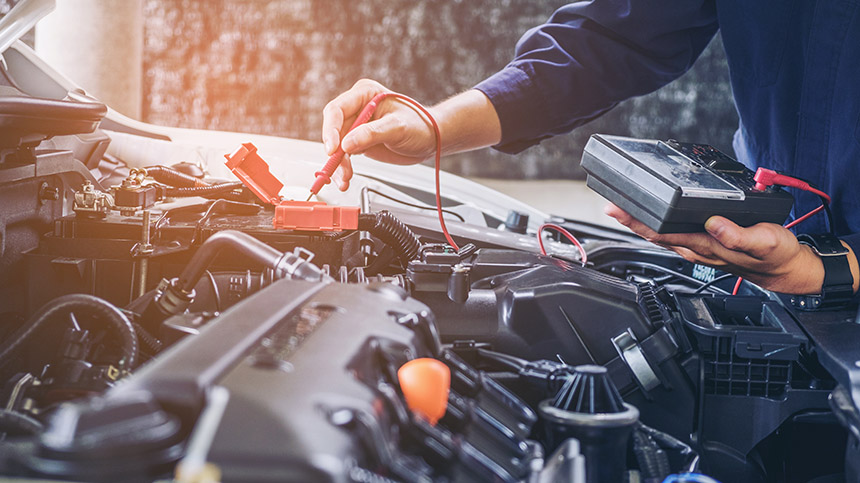High voltage cars need more time for maintenance and repair

The maintenance requirement of high voltage cars takes longer than an average ICE vehicle, according to ATS Euromaster, even if overall service, maintenance and repair (SMR) is lower.
With nearly 40% of new cars registered in the first half of 2024 being high voltage, according to SMMT data stats, businesses will need to factor in the additional service bay time and cost.
High voltage cars
ATS Euromaster classes hybrid (HEV), plug-in hybrid (PHEV) and battery electric vehicles (BEV) as high voltage which all require additional time for the cars to discharge residual electricity before they can be worked on.
The protocol requires the car’s keys to be placed in a lock box and left for the time recommended by the manufacturer before the cars are deemed safe to work on by qualified technicians. This allows for any residual electricity to discharge fully.
Mark Holland, operations director at ATS Euromaster, said of the extra time required for high voltage cars:
“Many people think that high voltage just means fully electric cars, but our safety protocols, national safety standards and manufacturer’s specific safety regulations and guidelines, cover all cars, from hybrids through to full EVs. It means additional time in the service bay and that has a knock-on effect in terms of maintenance costs.”
The typical difference in maintenance times between a standard vehicle and a high-voltage car depends on whether the high-voltage system requires powering down. For example, the schedule on a new BMW 320i M Sport Sport-Auto petrol versus a BMW 330e M Sport Sport-Auto PHEV is approximately 30 mins if high voltage battery disconnection is required.
15-20 minutes more
On average, ATS Euromaster says high-voltage cars need an additional 15-20 minutes in the maintenance bay unattended to ensure they are safe to work on.
“While high voltage vehicles often require less maintenance overall thanks to fewer moving parts and the benefits of regenerative braking on brake pad wear, the additional time off-road needs to be considered and cars should be booked in to minimise downtime,” added Holland.
He said that ATS Euromaster has increased the number of its EV-trained technicians by approximately 15% over the past year thanks to its apprenticeship trainee scheme and training programme as the business has adapted to the increasing electrification of fleet vehicles.








